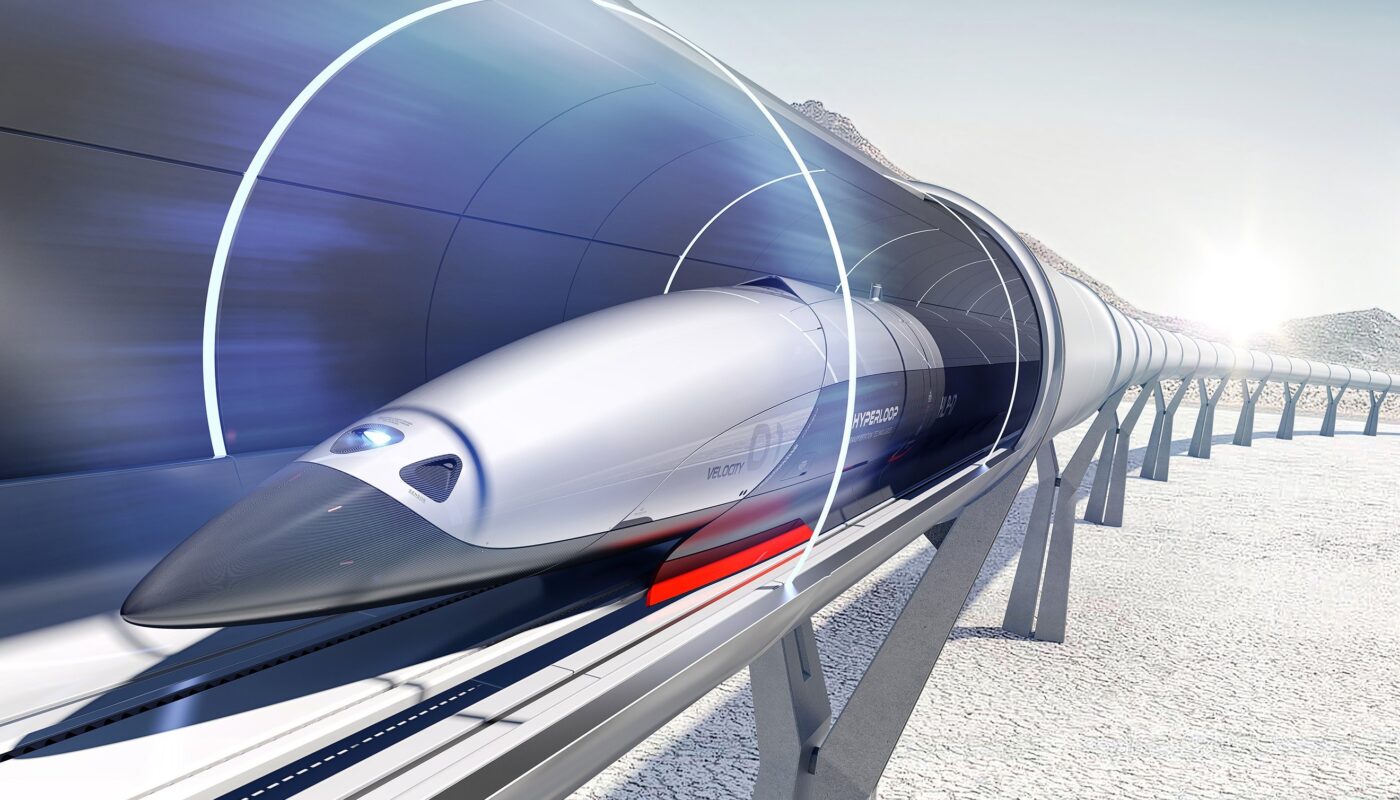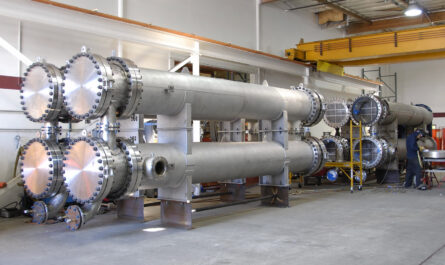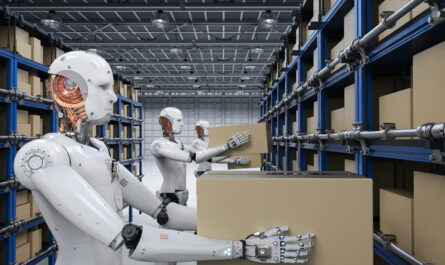Introduction
Hyperloop is a proposed mode of passenger and freight transportation that propels capsules through tubes using magnetic levitation at aircraft-like speeds. It is being developed by several companies including Hyperloop Transportation Technologies, Virgin Hyperloop and Hyperloop One with the goal of creating an infrastructure for high-speed travel that is safer, faster, lower cost and more efficient than existing modes like air, rail and road.
Propulsion and Levitation
The primary method of propulsion in a Hyperloop Technology system involves the use of electric propulsion and air-compressing propulsion. Linear induction motors or magnetic shoe accelerators would be used to propel pods through low-pressure tubes at speeds exceeding 600 mph. To reduce air resistance and increase efficiency, the tubes would be placed in a low-pressure environment with air removed using vacuum pumps. Magnetic levitation would be used to lift the pods a few inches above the track ensuring extremely low friction and smooth travel. The pods would be supported from below using electromagnetic forces, allowing near frictionless movement.
Engineering Challenges
Several engineering challenges need to be overcome for Hyperloop to become a viable transportation solution. Maintaining a near-vacuum environment in long tubes presents difficulties due to air gradually leaking back in over time. Precise guidance, navigation and control systems are required to keep the pods stable at high speeds with small deviations able to cause accidents. Thermal expansion of tube materials under extreme temperature variations needs to be precisely managed. Ensuring structural integrity and damage resistance against natural disasters like earthquakes is also important given the proposed routes pass through regions with active seismic activity. Safety systems need redundancy and reliability to handle pod failures or loss of power/control.
First Hyperloop Projects
The first phase of Hyperloop construction is targeted to be completed by 2020-2022. Several companies are pursuing the initial construction of short test tracks and prototype systems to validate the technology. Hyperloop Transportation Technologies plans to build a 3-km long DevLoop test track in Toulouse, France by late 2020 with passenger testing at subsonic speeds. Virgin Hyperloop is developing a 500-meter long test track in Las Vegas to test full systems integration by 2021. Hyperloop One carried out the first full-systems test of its propulsion and levitation technology on their 500-meter Development Loop in the Nevada desert in 2017. These initial test tracks will help refine safety, engineering and operational aspects before longer commercial routes are built.
Potential Routes and Applications
Hyperloop proposals have mainly focused on intercity transport corridors between 300 to 1500 km long. This includes routes between cities like Mumbai-Pune, Shanghai-Beijing, Brisbane-Sydney, Los Angeles-San Francisco and many others. Such routes could potentially reduce travel times to under an hour compared to several hours today via existing high-speed rail, road or air. The technology is also being explored for cargo transport like carrying shipping containers at hyper-speeds. This could revolutionize logistics and supply chains by enabling same day cargo delivery across long distances. Hyperloop systems could interconnect major hubs to form ultra-high-speed transportation networks augmenting and complementing existing infrastructure.
Economic and Environmental Benefits
Compared to other high-speed transportation solutions, Hyperloop promises significant economic benefits through lower construction costs and operational efficiencies. Hyperloop tubes require much less land area compared to high-speed rail tracks and are less susceptible to terrain variations. Operating costs are estimated to be 60% lower than high-speed rail due to reduced maintenance needs from frictionless movement and passive route guidance. Hyperloop systems built and controlled by private companies could reduce costs compared to publicly funded infrastructure projects. Environmentally, Hyperloop is expected to have near-zero emissions compared to planes, high-speed electric trains and electric vehicles. The reduced air resistance in tubes is 4-5 times more energy efficient than surface transportation modes.
Future Outlook and Regulations
While numerous technical, engineering and safety challenges remain, Hyperloop technology has progressed significantly in recent years. The initial operational test tracks will help accelerate maturing and integration of various sub-systems. Greater private investments are enabling continued R&D that could see the first commercial Hyperloop routes established in the next 5-10 years. Regulatory framework and safety standards appropriate for such an unprecedented transportation solution need to be developed in parallel. Wider feasibility studies, environmental impact assessments and public acceptance will determine its success. If proven safe and commercially viable, Hyperloop has the potential to transform long-distance travel. It could become the future of high-speed surface transportation globally.
*Note:
1. Source: Coherent Market Insights, Public sources, Desk research
2. We have leveraged AI tools to mine information and compile it.




